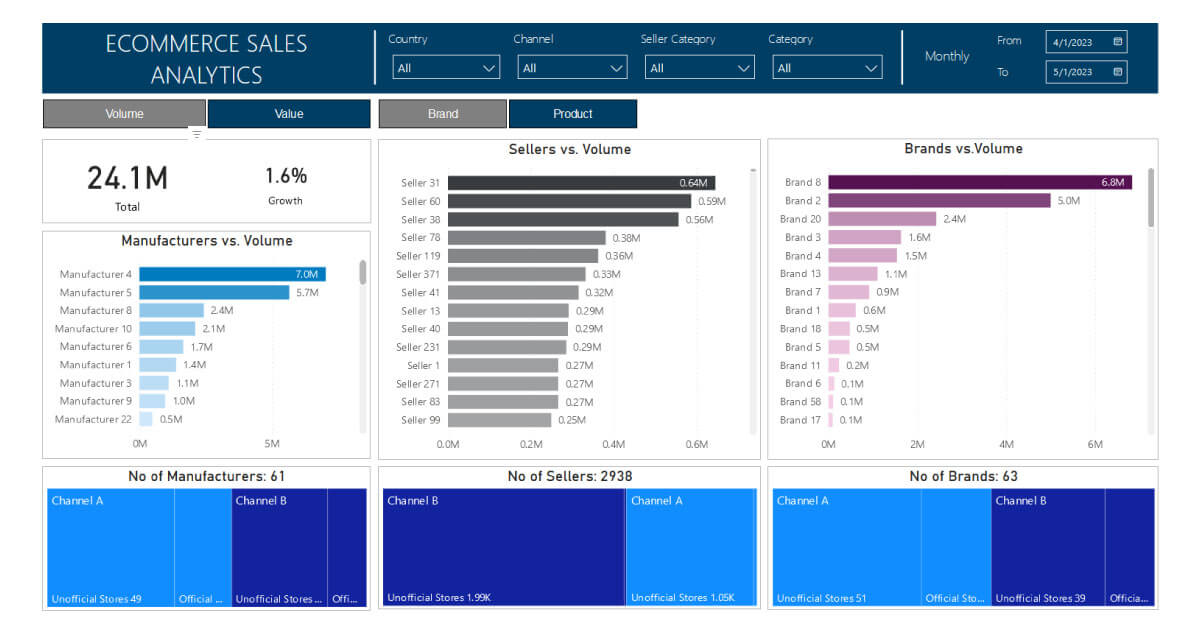
Published: Sep 28, 2024
Why SEO is Critical for Digital Marketing Success in 2024
Why SEO is Critical for Digital Marketing Success in 2024
Buckle up, digital marketing mavens - 2024 is the year we’re getting down and dirty with SEO! If you’re not on the first page of Google, you might as well be invisible… and let’s be real, no one wants to play hide-and-seek with their customers. So grab your keyword toolkit and let’s explore why SEO is your digital marketing best friend this year and beyond.
TLDR: Not convinced SEO matters for digital marketing? We'll hit you with the hard facts:
1️⃣ How does SEO drive traffic and sales?
Here’s the tea: top Google rankings capture the lion’s share of search traffic. If you’re not on page one, you’re leaving money on the table. Strategic SEO puts your website in front of ready-to-buy customers actively searching for what you offer. More targeted traffic = more conversions and revenue. Boom.
2️⃣ Why is SEO essential for building brand trust online?
In the wild west of the internet, trust is everything. Ranking high on Google signals to users that you’re a credible, authoritative resource they can count on. This trust breeds loyalty, advocacy and ultimately more sales. SEO is your trusty steed for building a rock-solid rep online.
3️⃣ How does SEO support your overall digital marketing strategy?
SEO isn’t a solo act - it’s the glue that holds your entire digital presence together. Optimized content powers your social media, email campaigns, paid ads and beyond. Plus, the insights gleaned from SEO (keywords, user intent, etc.) can shape your broader marketing strategies. It’s all connected, baby.
Table of Contents
- The State of SEO in 2024
- How SEO Drives Traffic, Leads & Revenue
- Building Brand Trust & Authority with SEO
- The Role of SEO in Your Digital Marketing Mix
- Key SEO Strategies for 2024
- Measuring the ROI of Your SEO Efforts
- Overcoming Common SEO Objections
The State of SEO in 2024
SEO isn’t just alive and kicking in 2024 - it’s evolved into an essential digital marketing powerhouse. Let’s break down why it matters more than ever:
Zero-Click Searches
These bad boys are taking over. Google’s pumping out instant answers right on the results page. To stay in the game, you need to optimize for featured snippets and rich results. It’s all about giving users the info they need, fast.
Voice Search Boom
“Hey Siri, how do I rank for voice search?” Well, focus on natural language and long-tail keywords. People talk to their devices like they’re chatting with a friend. Your content needs to match that conversational vibe.
Google’s Core Web Vitals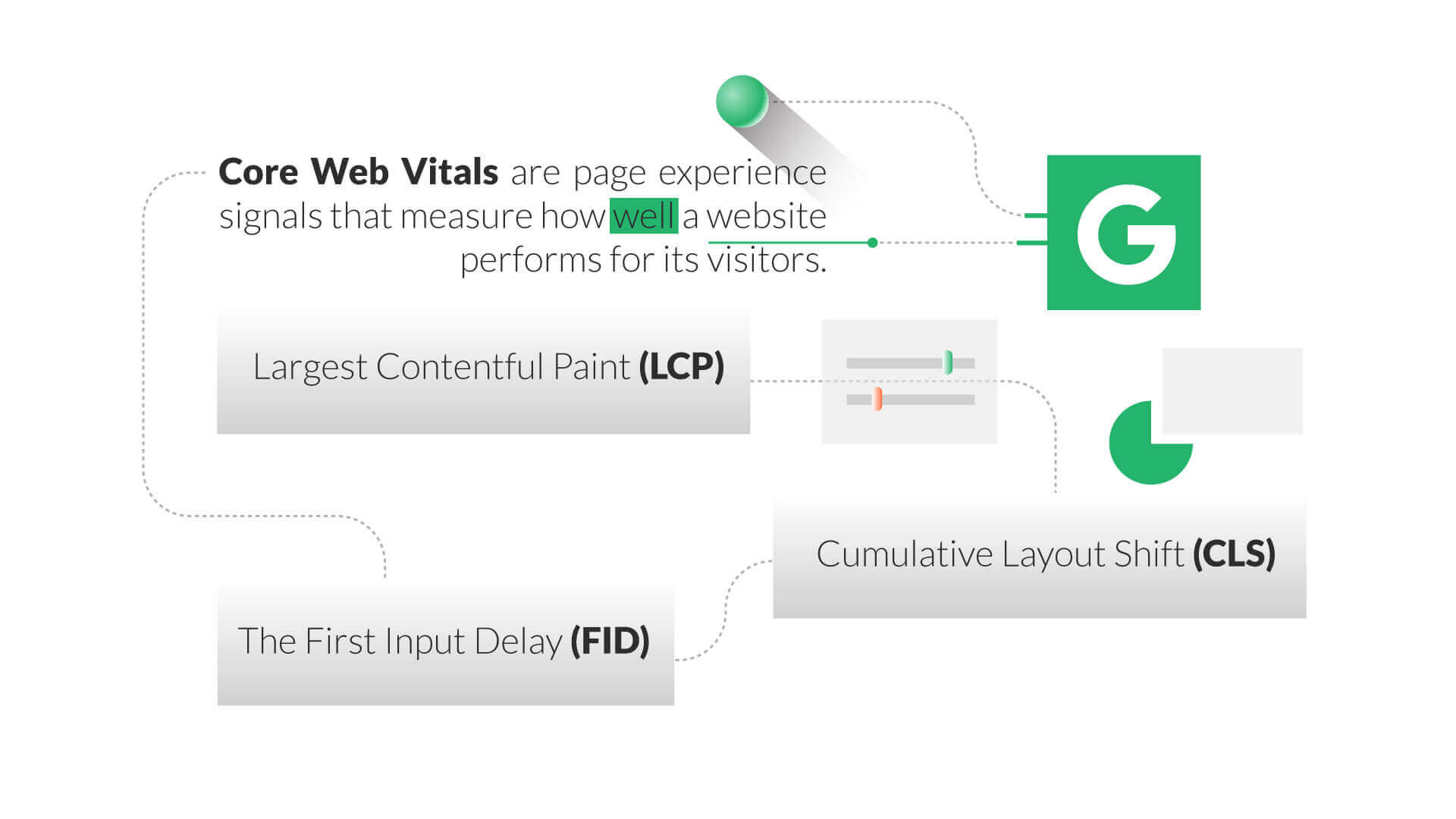
Google’s not messing around when it comes to user experience. They’re looking at things like:
- Loading speed
- Interactivity
- Visual stability
If your site’s not up to snuff, you’re gonna have a bad time in the rankings.
AI and Machine Learning
Google’s RankBrain is getting smarter by the day. It’s all about understanding user intent and delivering the most relevant results. Your content needs to be top-notch and genuinely helpful to stand out.
Mobile-First Indexing
If your site isn’t mobile-friendly in 2024, you might as well be using a dial-up modem. Google’s prioritizing mobile versions of websites for indexing and ranking. No excuses - get your mobile game on point.
E-A-T is King
Expertise, Authoritativeness, and Trustworthiness. Google’s doubling down on quality content from credible sources. Building your brand’s authority isn’t just nice - it’s necessary.
Local SEO Dominance
“Near me” searches are through the roof. If you’ve got a physical location or serve a specific area, local SEO is your golden ticket. Get that Google Business Profile optimized, stat.
Video SEO
YouTube is the world’s second-largest search engine. Ignoring video in your SEO strategy is like leaving money on the table. Time to dust off that camera and start creating some engaging visual content.
The SEO landscape in 2024 is complex, but the payoff for getting it right is huge. It’s not just about rankings anymore - it’s about creating a seamless, valuable user experience that builds trust and keeps people coming back for more.
How SEO Drives Traffic, Leads & Revenue
SEO isn’t just about getting your website to show up on Google. It’s a powerhouse for driving real business results. Let’s break down how SEO turbocharges your digital presence and pumps up those profits:
Organic Search Dominance
- Google
 Owns a whopping 92% of the global search engine market share. That’s where your customers are hanging out.
Owns a whopping 92% of the global search engine market share. That’s where your customers are hanging out. - Organic Click-Through Rates The #1 organic result on Google snags an average 31.7% click-through rate. Talk about prime real estate!
Traffic That Actually Converts
- High-Intent Traffic
 SEO brings in users actively looking for what you offer. They’re primed to buy, not just window shopping.
SEO brings in users actively looking for what you offer. They’re primed to buy, not just window shopping. - Long-Tail Keywords These specific phrases often have higher conversion rates. Think “best waterproof hiking boots for women” vs. just “hiking boots.”
Building a Lead-Gen Machine
- Content Marketing
 SEO-optimized blog posts, guides, and resources attract potential customers at every stage of the buying journey.
SEO-optimized blog posts, guides, and resources attract potential customers at every stage of the buying journey. - Local SEO For brick-and-mortar businesses, showing up in local searches is like having a giant neon “OPEN” sign.
The Compounding Effect
- Evergreen Content
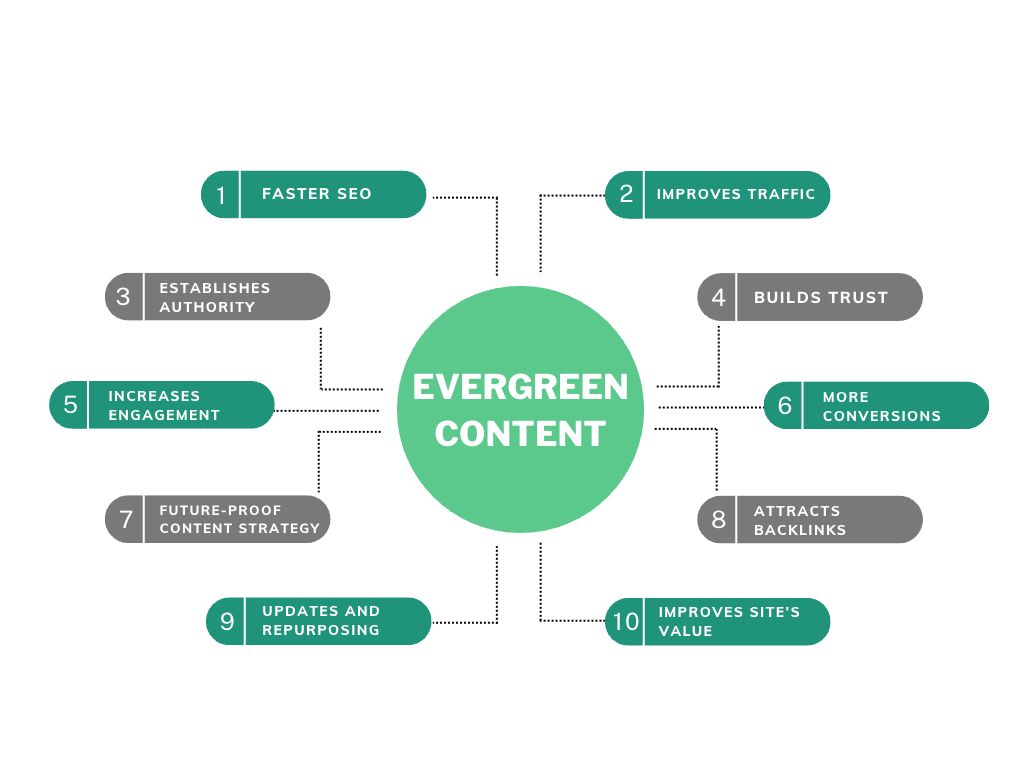 Unlike paid ads that stop the moment you quit paying, SEO keeps working long after you hit publish.
Unlike paid ads that stop the moment you quit paying, SEO keeps working long after you hit publish. - Snowball Effect: As you rank for more keywords, your domain authority grows, making it easier to rank for even more competitive terms.
Measurable ROI
- Google Search Console
 Free tool that shows you exactly which queries are driving traffic to your site.
Free tool that shows you exactly which queries are driving traffic to your site. - Google Analytics Track how organic visitors behave on your site and attribute conversions directly to SEO efforts.
Case Study: The Power of SEO
- Ahrefs
 This SEO tool company grew to $55M+ annual recurring revenue purely through content marketing and SEO. No paid ads needed!
This SEO tool company grew to $55M+ annual recurring revenue purely through content marketing and SEO. No paid ads needed!
SEO isn’t a quick fix, but it’s a long-term investment that pays serious dividends. By consistently creating valuable content, optimizing your technical SEO, and building authority in your niche, you’re setting yourself up for sustainable growth and a steady stream of highly qualified leads.
Building Brand Trust & Authority with SEO
SEO isn’t just about climbing rankings - it’s about building trust with your audience and establishing your brand as an authority in your industry. Let’s dive into how SEO can boost your credibility and turn casual visitors into loyal fans:
Search Engine Results Pages (SERPs)
First Page Power: Ranking on the first page of Google instantly signals credibility. Users trust Google to deliver the most relevant, high-quality results.
Featured Snippets
 Grabbing that coveted “position zero” above organic results? That’s like Google giving you a gold star for expertise.
Grabbing that coveted “position zero” above organic results? That’s like Google giving you a gold star for expertise.
E-A-T Signals
Expertise
 Showcase your knowledge through in-depth, well-researched content. Use author bios to highlight credentials.
Showcase your knowledge through in-depth, well-researched content. Use author bios to highlight credentials.Authoritativeness
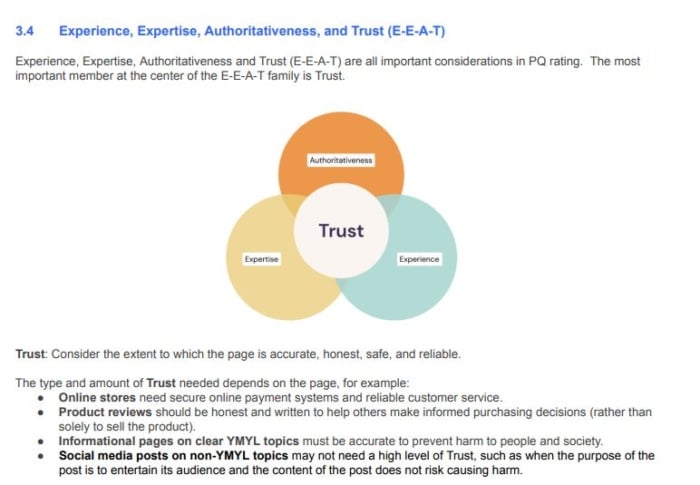 Build high-quality backlinks from reputable sites in your industry. Guest post on respected blogs.
Build high-quality backlinks from reputable sites in your industry. Guest post on respected blogs.Trustworthiness
 Display clear contact info, privacy policies, and terms of service. Secure your site with HTTPS.
Display clear contact info, privacy policies, and terms of service. Secure your site with HTTPS.
Content That Builds Confidence
Comprehensive Guides
 Create in-depth resources that answer all user questions on a topic. Think ultimate guides and pillar pages.
Create in-depth resources that answer all user questions on a topic. Think ultimate guides and pillar pages.Case Studies
 Share real-world examples of how you’ve helped clients or solved problems. Numbers and specifics build trust.
Share real-world examples of how you’ve helped clients or solved problems. Numbers and specifics build trust.Regular Updates: Keep your content fresh and accurate. Outdated info erodes trust fast.
Technical Trust Factors
Site Speed
 A fast-loading site shows you respect users’ time and have your technical game on point.
A fast-loading site shows you respect users’ time and have your technical game on point.Mobile-Friendly Design
 With mobile-first indexing, a smooth mobile experience is non-negotiable for trust.
With mobile-first indexing, a smooth mobile experience is non-negotiable for trust.Schema Markup Help search engines understand your content better, potentially boosting rich snippets and knowledge panel appearances.
Building Community and Engagement
User-Generated Content
 Encourage reviews, comments, and forum discussions. Active communities signal trust and engagement.
Encourage reviews, comments, and forum discussions. Active communities signal trust and engagement.Social Proof
 Display testimonials, ratings, and social media follower counts to leverage the power of social validation.
Display testimonials, ratings, and social media follower counts to leverage the power of social validation.
Measuring Trust and Authority
Domain Authority
 While not a direct ranking factor, this metric from Moz can indicate your site’s overall SEO strength.
While not a direct ranking factor, this metric from Moz can indicate your site’s overall SEO strength.Branded Search Volume
 An increase in people searching for your brand name directly shows growing awareness and trust.
An increase in people searching for your brand name directly shows growing awareness and trust.Dwell Time
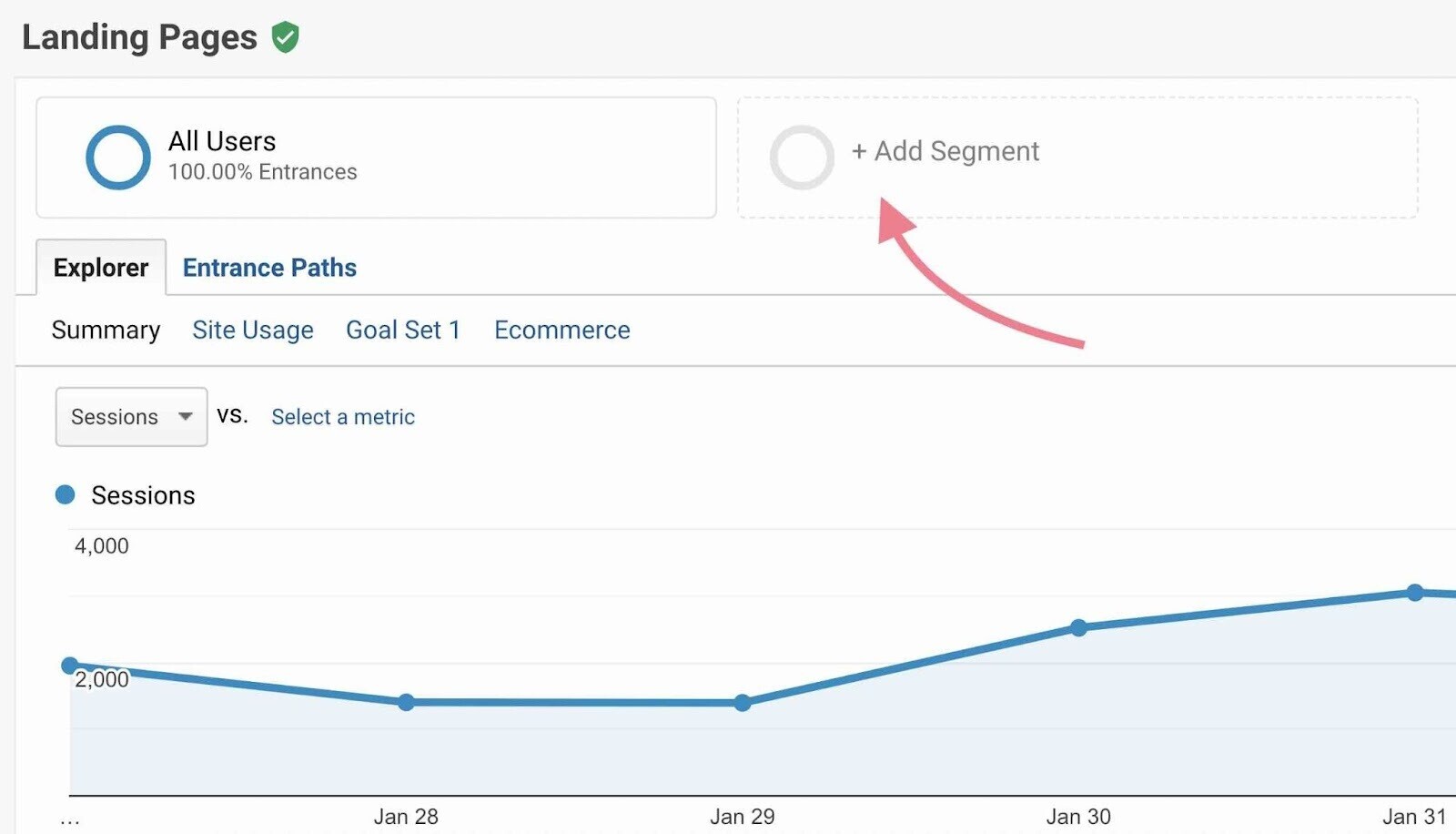 If users stick around on your site, it’s a good sign they find your content valuable and trustworthy.
If users stick around on your site, it’s a good sign they find your content valuable and trustworthy.
By focusing on these trust-building SEO strategies, you’re not just chasing rankings - you’re creating a foundation for long-term success. When users see you as a trusted authority, they’re more likely to choose your brand, recommend you to others, and keep coming back for more.
The Role of SEO in Your Digital Marketing Mix
SEO isn’t just another tool in your digital marketing toolbox - it’s the foundation that supports and enhances your entire online presence. Let’s break down how SEO plays nice with other marketing channels:
Content Marketing Synergy
Blog Posts
 SEO-optimized articles drive organic traffic long after publication. They fuel social media and email campaigns too.
SEO-optimized articles drive organic traffic long after publication. They fuel social media and email campaigns too.Keyword Research
 Informs content creation across all channels. Know what your audience is searching for.
Informs content creation across all channels. Know what your audience is searching for.
Social Media Amplification
Social Signals
 While not a direct ranking factor, social engagement can indirectly boost SEO through increased visibility and backlinks.
While not a direct ranking factor, social engagement can indirectly boost SEO through increased visibility and backlinks.Content Distribution Social platforms help spread your SEO-optimized content, increasing its reach and potential for backlinks.
Email Marketing Support
List Building SEO-driven content attracts subscribers, growing your email list organically.
Newsletter Content Repurpose top-performing SEO content in your emails for maximum value.
Paid Advertising Insights
PPC Keyword Data
 Use paid search data to inform your organic keyword strategy and vice versa.
Use paid search data to inform your organic keyword strategy and vice versa.Retargeting Capture organic visitors through retargeting ads, boosting overall conversion rates.
PR and Outreach
Digital PR
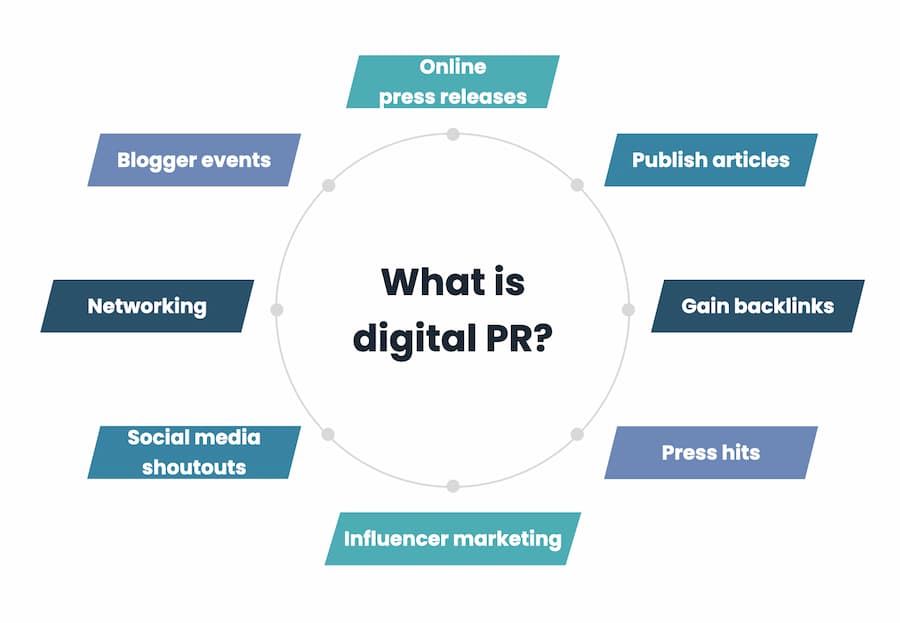 Earn high-quality backlinks through strategic PR efforts, boosting your domain authority.
Earn high-quality backlinks through strategic PR efforts, boosting your domain authority.Thought Leadership SEO-optimized content positions you as an industry expert, attracting media attention.
Video Marketing Integration
YouTube SEO
 Optimize video titles, descriptions, and tags to rank in both YouTube and Google search results.
Optimize video titles, descriptions, and tags to rank in both YouTube and Google search results.Video Transcripts Adding text versions of your videos creates SEO-friendly content and improves accessibility.
Voice Search Optimization
Featured Snippets
 Optimizing for these can help you dominate voice search results, where often only one answer is given.
Optimizing for these can help you dominate voice search results, where often only one answer is given.Long-Tail Keywords Voice queries tend to be longer and more conversational. Adapt your content accordingly.
Data-Driven Decision Making
Google Analytics SEO efforts provide valuable user behavior data that can inform your entire marketing strategy.
Search Console Uncover which queries are driving traffic and optimize across all channels.
SEO isn’t just about ranking #1 on Google. It’s about creating a cohesive digital presence that attracts, engages, and converts your target audience. By integrating SEO principles across your marketing mix, you’re building a powerful, data-driven strategy for long-term growth.
Key SEO Strategies for 2024
SEO is always evolving, and 2024 is no exception. Let’s dive into the strategies that’ll give you an edge this year:
Featured Snippets Optimization
These “position zero” results are prime real estate. To snag them:
- Structure content with clear headings and lists
- Answer questions directly and concisely
- Use schema markup to help Google understand your content
AI-Powered Content Creation
Artificial intelligence is changing the game. Here’s how to use it wisely:
- Use AI tools to generate content ideas and outlines
- Enhance, don’t replace, human creativity with AI
- Always fact-check and edit AI-generated content thoroughly
Building E-A-T Signals
Google loves Expertise, Authoritativeness, and Trustworthiness. Boost your E-A-T by:
- Showcasing author credentials and expertise
- Earning backlinks from reputable industry sources
- Regularly updating content to maintain relevance
Technical SEO Essentials
Don’t neglect the nuts and bolts:
- Optimize for Core Web Vitals
- Ensure your site is mobile-friendly and secure (HTTPS)
- Implement proper internal linking and site structure
Video Optimization
Video content is huge. Make yours searchable:
- Create engaging thumbnails and descriptive titles
- Transcribe your videos for added SEO value
- Optimize your YouTube channel and playlists
Local SEO Focus
For businesses with physical locations:
- Claim and optimize your Google Business Profile
- Encourage and respond to customer reviews
- Ensure NAP (Name, Address, Phone) consistency across the web
User Intent Optimization
It’s not just about keywords anymore. Focus on:
- Creating content that matches search intent (informational, navigational, transactional)
- Using natural language and long-tail keywords
- Analyzing search features to understand user needs
Voice Search Optimization
As voice assistants grow, optimize for conversational queries:
- Target question-based keywords (who, what, where, when, why, how)
- Create FAQ pages to address common voice searches
- Use structured data to help voice assistants understand your content
By implementing these strategies, you’ll be well-positioned to dominate the SERPs in 2024. Remember, SEO is a long game – stay consistent, track your results, and be ready to adapt as the landscape continues to evolve.
Measuring the ROI of Your SEO Efforts
Tracking the return on investment (ROI) of your SEO efforts is crucial for proving value and guiding strategy. Let’s break down how to measure SEO success:
Key Metrics to Track
Organic Traffic
- Use Google Analytics to monitor growth in organic visitors
- Look at landing pages to see which content performs best
Keyword Rankings
- Track position changes for target keywords
- Pay attention to featured snippets and other SERP features
Conversion Rate
- Set up goals in Google Analytics to track leads, sales, or other desired actions
- Compare conversion rates of organic traffic to other channels
Backlink Profile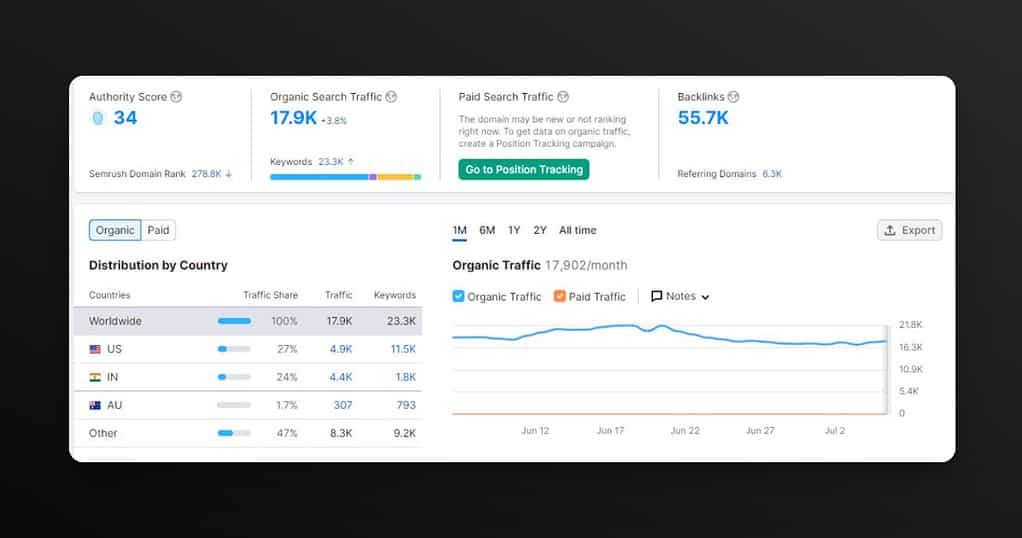
- Monitor growth in quality backlinks
- Look at referring domains and anchor text distribution
Tools for Measuring SEO ROI
-
- Free tool showing clicks, impressions, and average position
- Identify top-performing pages and queries
-
- Track organic traffic, behavior, and conversions
- Set up custom dashboards for easy reporting
-
- Comprehensive SEO suite for keyword tracking and competitor analysis
- Visualize organic traffic value
Calculating SEO ROI
-
- Determine the average value of a customer over time
- Essential for understanding long-term SEO impact
Cost of SEO Investment
- Include agency fees, tools, and internal resources
- Factor in content creation and technical optimizations
Revenue from Organic Search
- Attribute conversions and sales to organic traffic
- Use Google Analytics’ assisted conversions for a fuller picture
ROI Formula
- (Revenue from SEO - Cost of SEO Investment) / Cost of SEO Investment
- Expressed as a percentage
Reporting SEO Success
-
- Create visual reports highlighting key metrics
- Focus on metrics that align with business goals
Regular Check-ins
- Monthly or quarterly reviews to track progress
- Use year-over-year comparisons for context
Overcoming Attribution Challenges
-
- Recognize SEO’s role in the full customer journey
- Use tools like Google Analytics 4 for better attribution
Assisted Conversions
- Look at how organic search assists other channels
- Gives a more complete picture of SEO’s impact
Measuring SEO ROI isn’t always straightforward, but it’s essential for proving value and guiding strategy. By focusing on these key metrics and using the right tools, you’ll be able to show the real impact of your SEO efforts on the bottom line.
Overcoming Common SEO Objections
Let’s face it - not everyone’s on board the SEO train. Here’s how to tackle those common objections and get stakeholders excited about the power of organic search:
“SEO Takes Too Long”
- Quick Wins: Identify low-hanging fruit like optimizing existing content or fixing technical issues. These can show results faster.
- Long-Term Vision: Explain that while SEO isn’t an overnight success, it builds compounding value over time. Unlike paid ads, SEO keeps working even when you stop investing.
Return on Investment (ROI)
- Track Everything: Use tools like Google Analytics to show clear connections between SEO efforts and business goals.
- Compare Channels: Demonstrate how SEO’s ROI often surpasses other marketing channels in the long run, especially when considering customer lifetime value.
“We’re Already Ranking Well”
- Competitive Analysis: Show how competitors are gaining ground or targeting new keywords you’re missing.
- Expand Reach: Identify opportunities to rank for related topics and expand your organic footprint.
“Our PPC is Working Fine”
- Audience Overlap: Explain how SEO can complement PPC by capturing users who prefer organic results.
- Cost Efficiency: Highlight the long-term cost savings of organic traffic compared to continuously paying for clicks.
“We Don’t Have the Resources”
- Start Small: Propose a pilot project focusing on a specific set of high-value keywords or pages.
- Outsourcing Options: Present options for working with SEO agencies or freelancers to supplement in-house efforts.
“SEO is Too Technical”
- Demystify the Process: Break down SEO into digestible components like content creation, on-page optimization, and link building.
- User-Friendly Tools: Showcase easy-to-use SEO tools that make implementation more approachable.
Google Algorithm Changes
- White Hat Focus: Emphasize that following SEO best practices aligned with Google’s guidelines provides stability against algorithm updates.
- Adaptability: Highlight how staying current with SEO trends helps future-proof your digital presence.
“Our Industry is Too Niche for SEO”
- Long-Tail Opportunity: Explain how niche industries often have less competition for specific long-tail keywords.
- Local SEO: For B2B or specialized services, showcase the power of local SEO in attracting qualified leads.
“We Can’t Compete with Big Brands”
- Niche Domination: Focus on owning specific subtopics or local markets where bigger competitors might be weaker.
- EAT Advantage: Highlight how smaller brands can often demonstrate deeper expertise in specific areas.
“SEO is All Smoke and Mirrors”
- Transparency: Offer clear, jargon-free explanations of SEO strategies and their expected outcomes.
- Education: Share reputable SEO resources and case studies to build understanding and trust.
By addressing these objections head-on with data-driven arguments and clear explanations, you can build a strong case for SEO. Remember, it’s about showing how SEO aligns with broader business goals and delivers measurable, long-term value.


